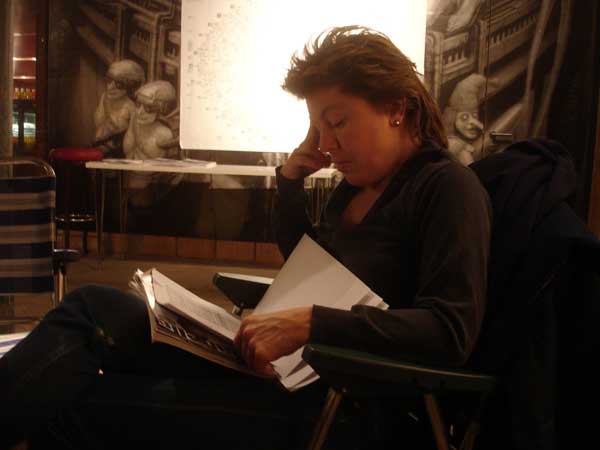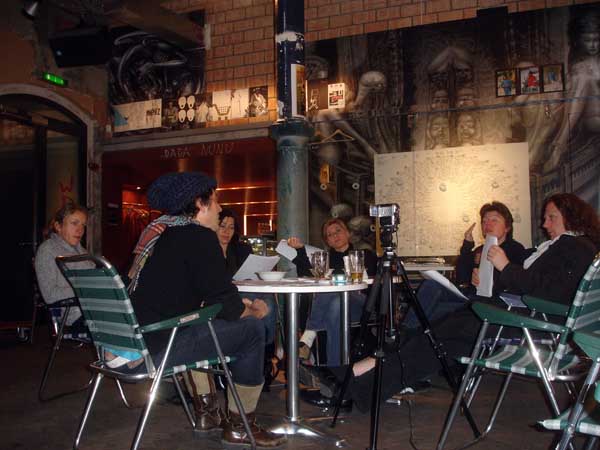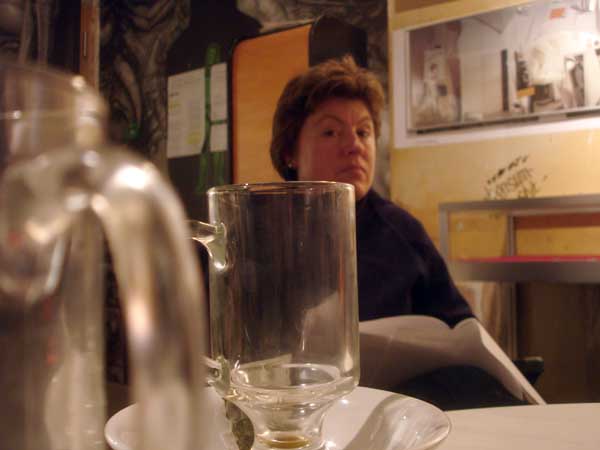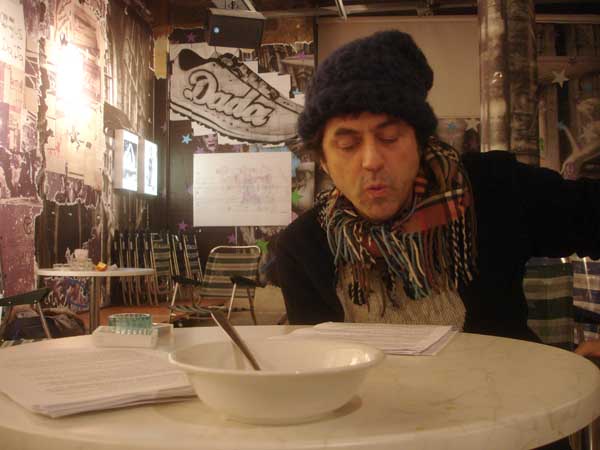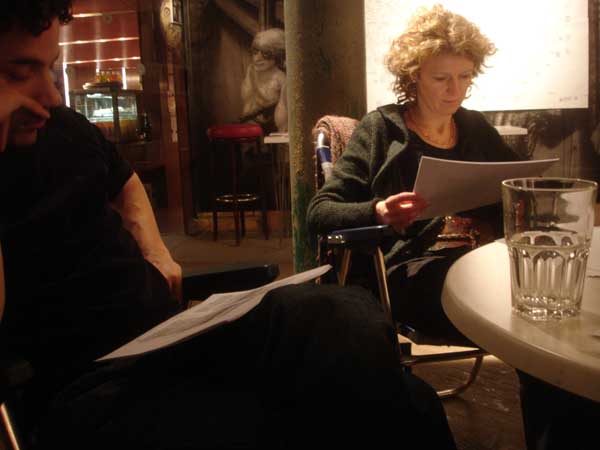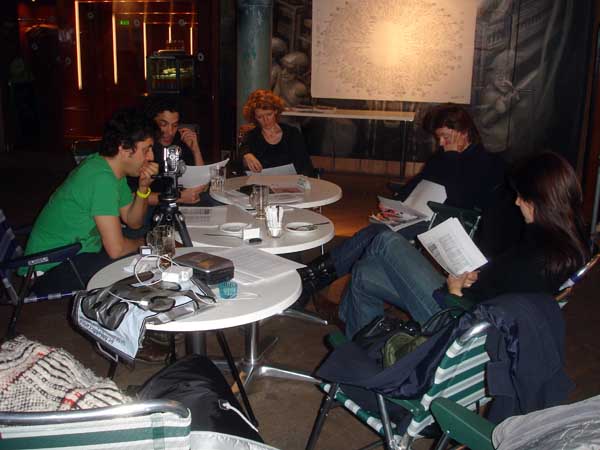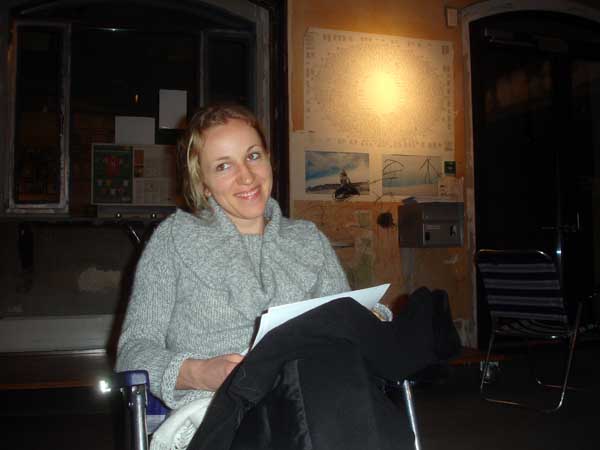more Lenin stuff
Lenin Lesen / Reading Lenin, Zürich, 2007 (february)
With Cabaret Voltaire, Spiegelgasse 1, Zürich - (founding place of DADA with Lenin a major founding member in disguise.
(text read: from "Imperialism - The highest stage of capitallism" - find the entire text here)
see special Lenin video made in Zurich - Lenin UBS
(some images have hi res images attached: just click image to download)
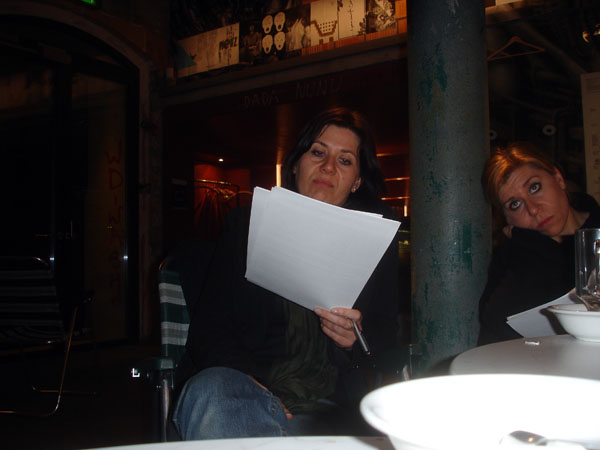
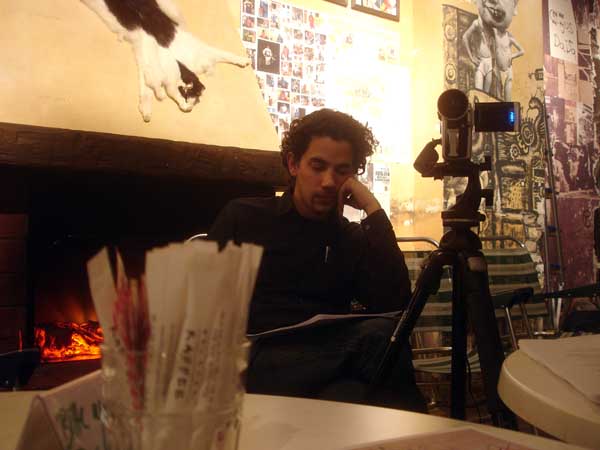
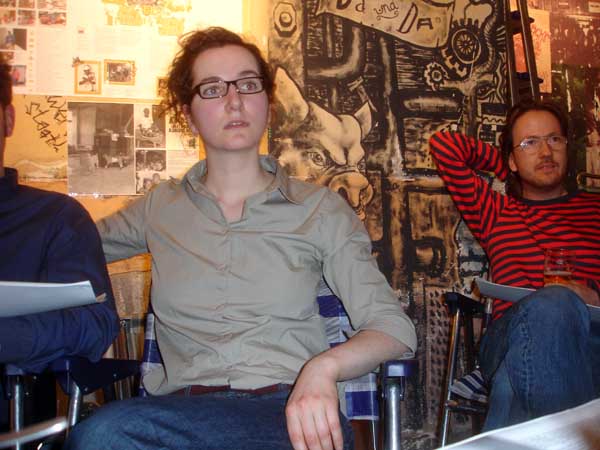
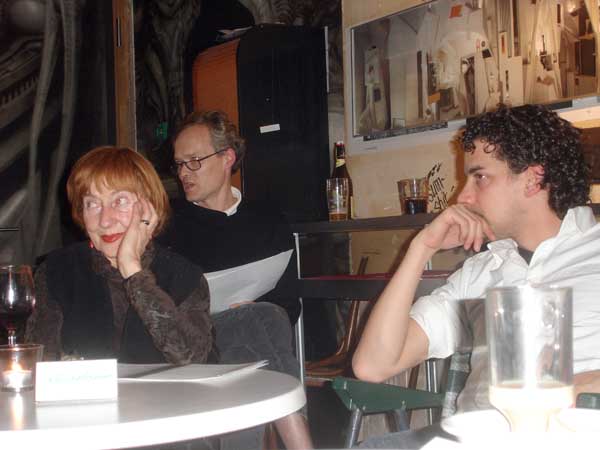
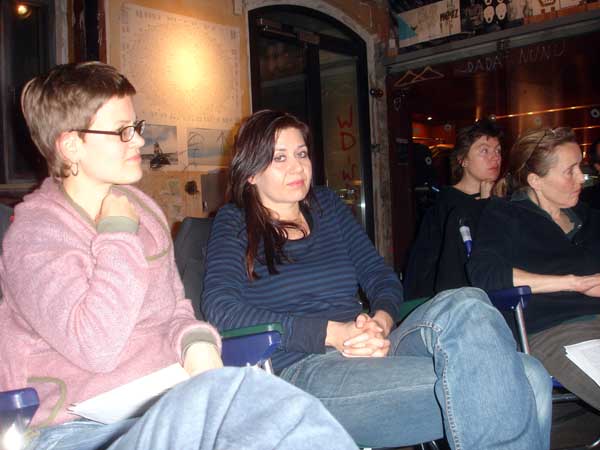
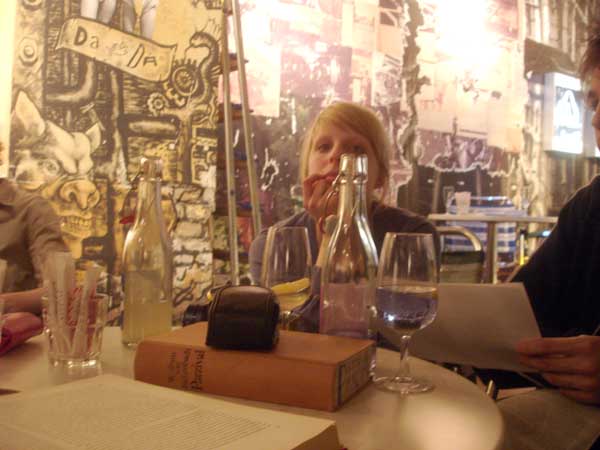
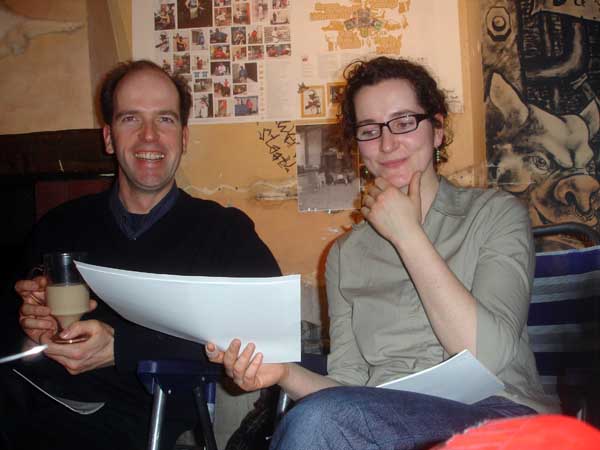
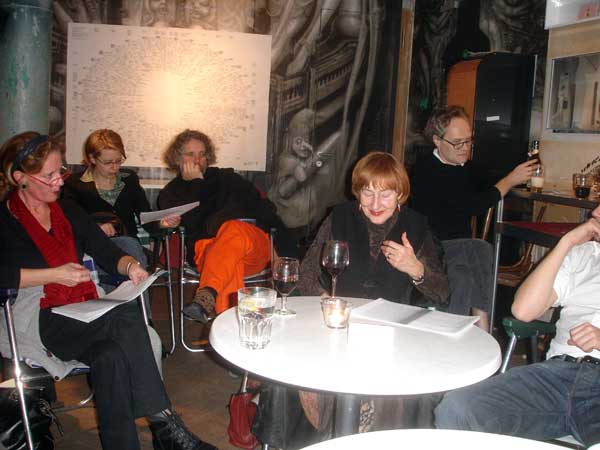
Lenin Lesen am Pilatus - Lenin Reading on top of Pilatus
- Swiss mountain 2100 m /7000 ft high,
Lenin visited this mountain and wrote a sweet letter to his mother.
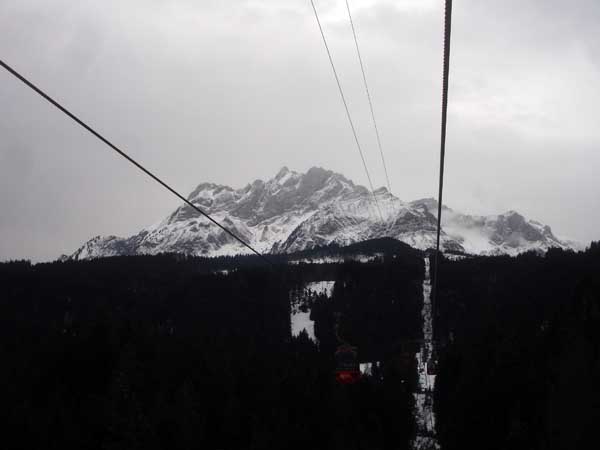
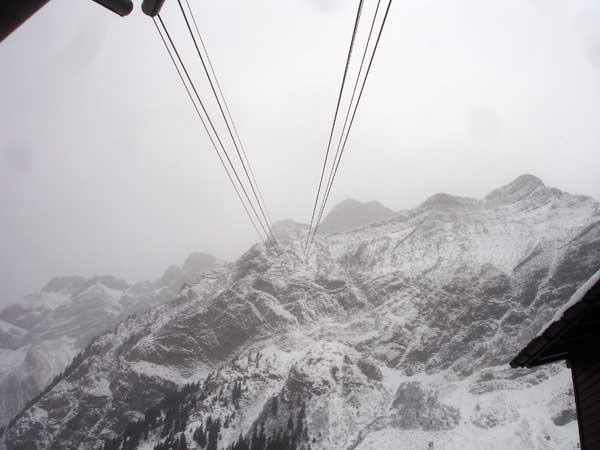
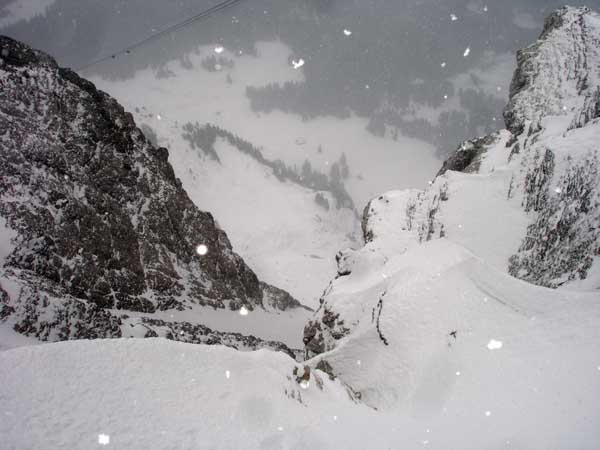
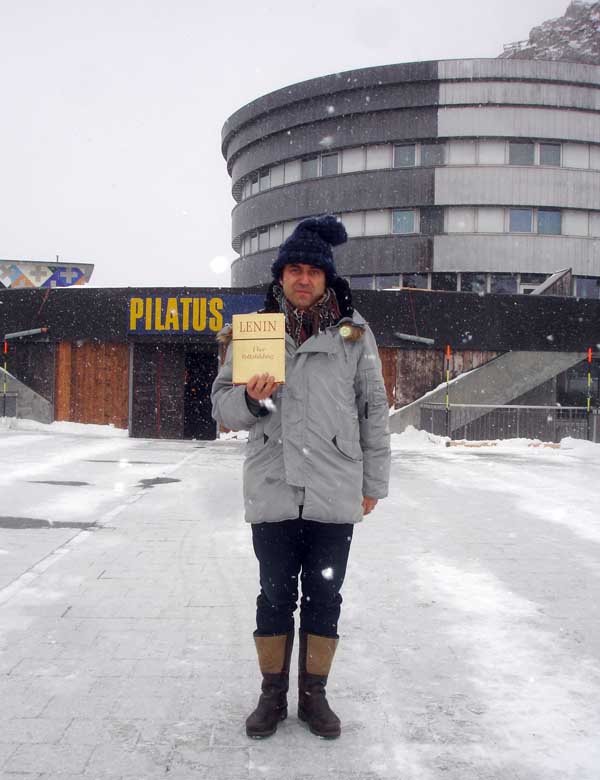
Lenin, Über Volksbildung / on popular eduation, Pilatus, 2100 meter, 2007
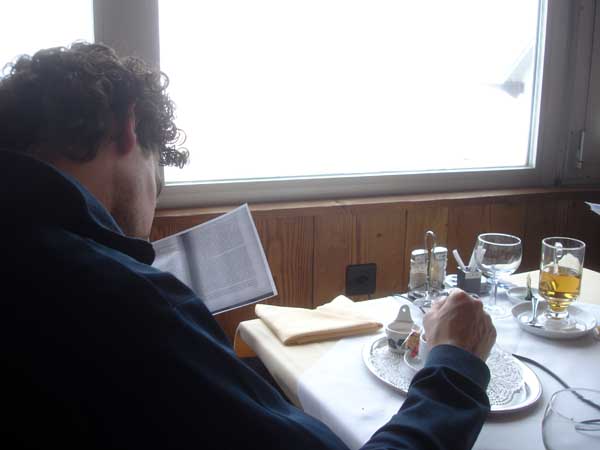
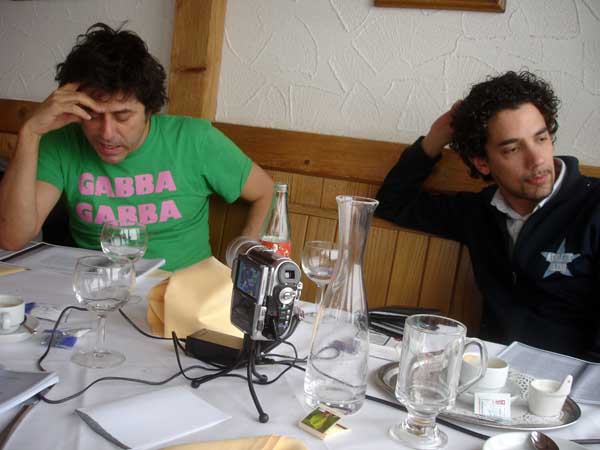
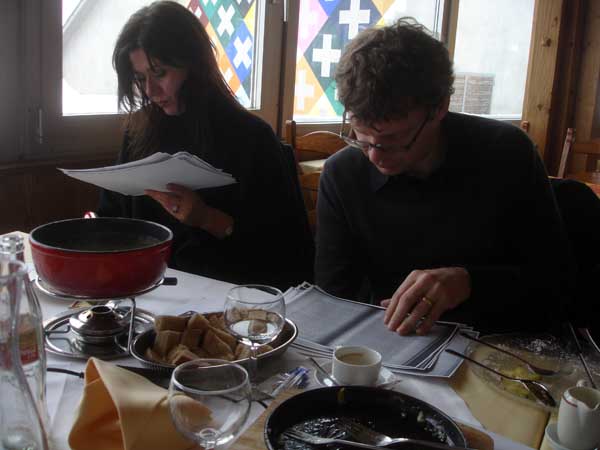
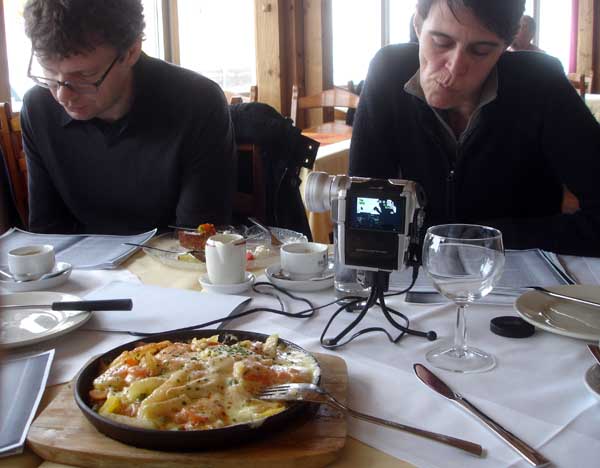
Lenin in Zurich - he was a founding member of DADA but in disguise. He had to
Most dadaists weren't aware of it. Lenin even wrote poems for Tzara.
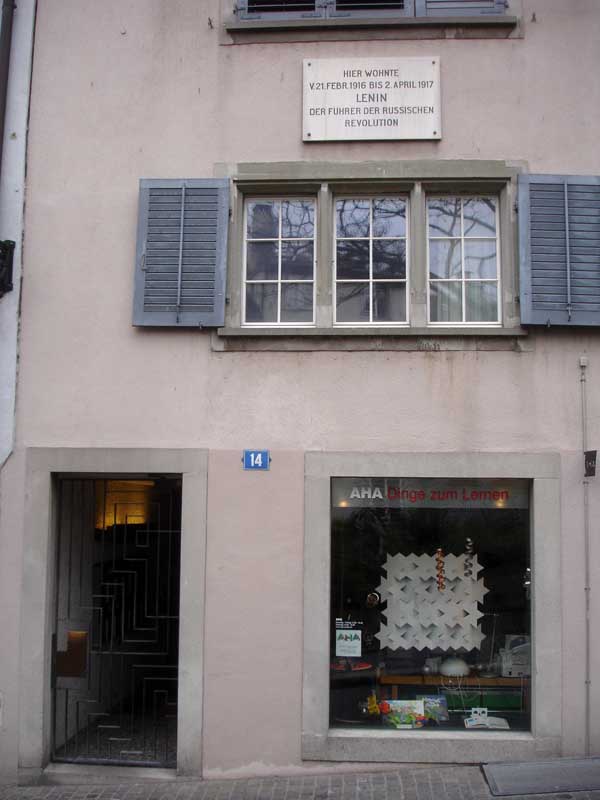
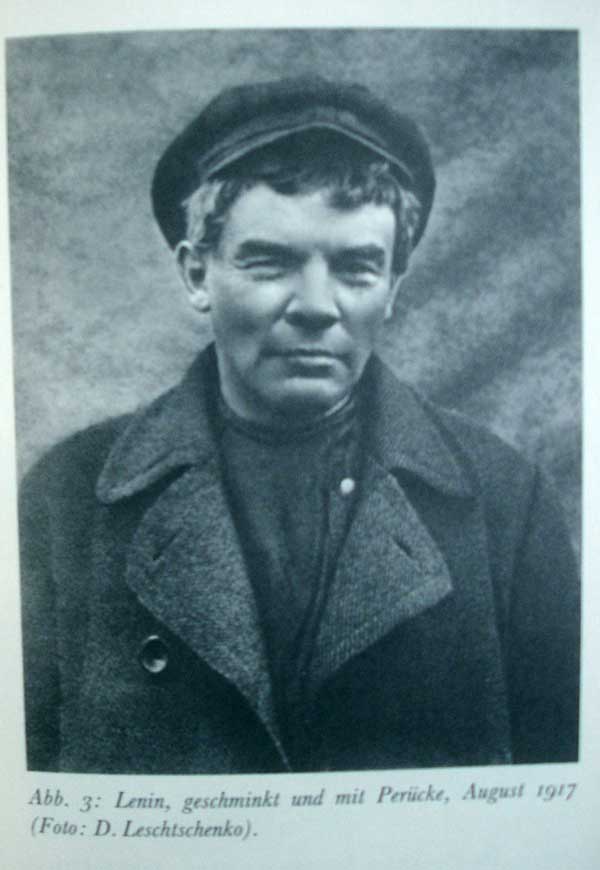
Lenin wearing fake hair to hide his identidy.
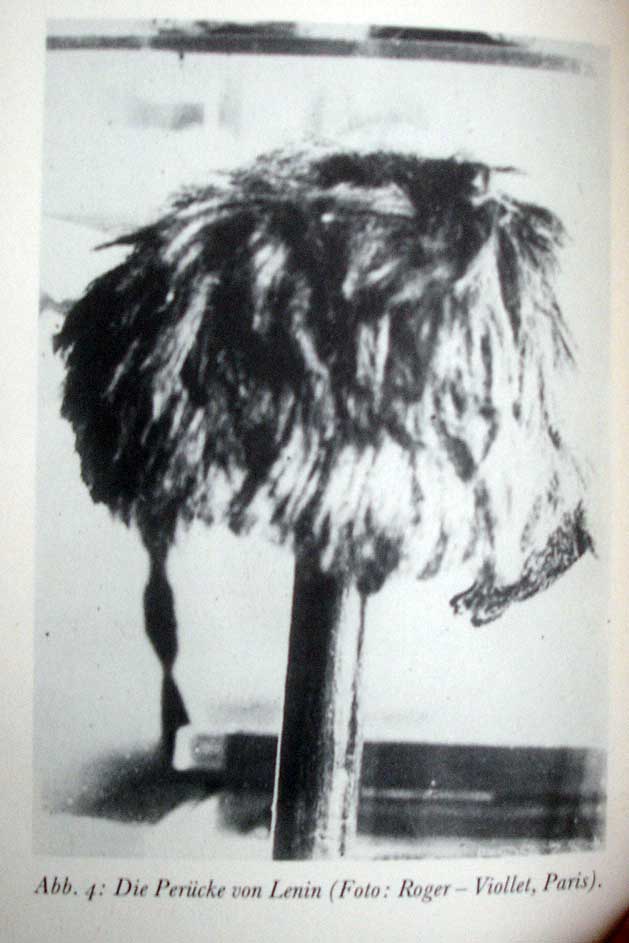
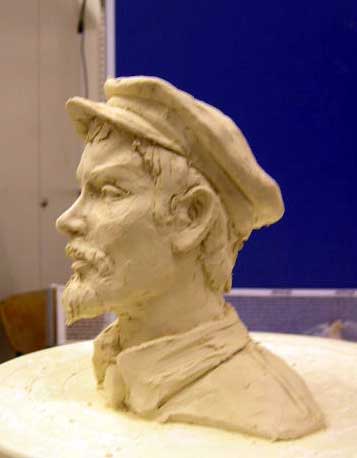
Lenin made in porcelan (production photo, unglazed) - in disguise, with fake hair.
Lenin a founding member of DADA in Zurich in 1916.
facts: (I 'm quoting from Dominique Noguez, Lenin dada, Limmat Veralg, 1990 Zurich.)
Hugo Ball describes the first evening of DADA, Cabaret Voltaire, February 5, 1916 in Zürich:
(My translation from German) "... towards 6 pm ... an orientaly looking group of four small men carrying folders and images with them entered; ... They introduced themselves: Marcel Janco, thepainter, Tristan Tzara, George Janco and a fourth man, whose name I can't remember " (meaning = this was Lenin in disguise)
Most dadaists didn simply recognize Lenin (before he became famous) but didn't make the connection afterwards. Tzara did. Lenin's was a small but funny and oriental looking man (and there simply weren't too many during WWI in Switzerland) and this describtion of this "fourth man" is exact.
Lenin was forced to hide in many occasiions since he already had some notorioty in the world.
Lenin's apartment in Zurich was above a butchery and therefore they "couldn't open the window until late" (Krupskaja, Lenin's wife) which also indicated that he might have hang out in the next door Cabaret Voltaire.
Lenin and his wife moved from Bern to Zurich becaue of Zurich's more intense social life. This happened exactly around the time, Cabaret Votlaire opened.
Another destimony by Hugo Ball about Lenin and his circles annonymous presence:
"Mde Hennings and Mde. Leconte sang French and Danish songs. Mister Tristan Tzara was reciting Rumanian Verses. A Balalaika orchestra played charming Russian popular songs and dances"
(this again was Lenin and his group)
Ball later entered in his diary: " A small nice looking man, who already was greated before he entered the podium , Mister Dolgaleff ((( mister Lenin))) was offerening two humoresques by Tschechow and presented popular songs ... An unknown woman was reading Jegoruschka by Turgenjew and verses by Nekrassow."
(his wife - of course, now, it is historically proven, the Lenin loved Turgenjew and Nekrassow and knew them nearly by heart since he was studying them while in exile in Siberia.
Later in a small publication Hugo Ball wrotes: "This small publication which we are presenting today, (May 15, 1916), was made possible with the help of our friends from France, Italy and Russia". -- so to say, a proof of the Russian's permanent presence. Who else from Russia would have been present. Had there been really a mistser Dolgaleff who was so active, we would have known more of him. But of cousre, Lenin's interest wasn't to be a founder of DADA. Though there was a presentation by Lenin in Bern aroudn the same time, Lenin quotes all trains and traveled back and forth for a while.
Even the term dada seems to be the result of the presence of the "4 slavic men" that expressed themsevel in their own language "yes yes yes".. da .. da .. da.... Each dadaist claims to have coined first the term dada but the official usage of the word dada was not apparent before March, meaning before a couple of soirees in which the public was confronted with the Russian acclematory expression for yes " da da da .. da da da.." -
Most stunning is the fact that Tzara's manuscript "ARC" is covered not only with some kind of a portrait of Lenin , but also with the handwriting of Lenin, which is very distinghuishable and ideosyncratic.
Lenin and Tzara had a strange relatiionship that is far from understood. In Tzara's text "L'homme approximative" (1931) (The approximative man) he writes about "having several noises in him" ... he goes on: "at night I was following those miserable figures of the night, really nameless emigrants" - and he continues in a way that resembles a gay outing.
"On a cord one man leads another man or they walk hand in hand an his side and yet, one is incorporating the other..." (L'homme mène en laisse un autre homme ou se promène à côtéde lui, la main dans sa main et pourtant l'un est enfermé dans l'autre..." (Tristan Tzara, Oeuvre complètes, vol. 3, p. 32)
Who knows what relationship Tzara really had with Lenin. But Dada got some idea and was slightly iinformed which he depicted in his famous painting "Partial Hallucination, six images of Lenin on a piano" 1931, Pompidou) - in this painting (the nuber 6 could represent the 6 main dadaist protagonists) we see a man resembling Tzara wiht a set of cherries, Tzara's symbol we also see in his wonderful drawing/ word game rhyming the fin - l'amour. The french word end "fin" sounds like "fait" from (faire - to make" and it sounds like "make love" - the cherry symbol resembles gently a set of male testicals with a flash pointing towards the french word for "Love." On the piano, we see aunts eating up a score, also a quote of one of Tzara's oniric writings, and expressed in yet another of his text/drawings entitled "Le Coeur à gaz" (The gaz heart).
Interesting enough, there is a group of Russian dadaist under the title of "Nitschewoki" (from the russian word 'nothing " - nitchewo-) who published a manifesto under names that also play with names resembling Lnein (Leniwzyn = do nothing man, german: Faulpelz). one of their manifests goes as followed:
Write nothing
Read nothing
Say nothing
publish nothing
Wiht the mental and physical end of Lenin who suffered a stroke, this annonymous group - who got funding from the ministry of culture under Lenin - also stopped its existence.
Also not the impressive picutre of Lenin from 1919 playing with the megaphone of a phonograph resembling more the look of an acknowledged dadaist than the leader of the Bolshewik revolution and the coming Soviet Union.
Needless to say, that many key elements of dada resemble the hand imprint of Lenin and his bolshewism, something that is not only recognized by the bourgeois press attacking dada: a hatred for bourgois subjectivity, a tendency for collective creativity wiht cut up poems and random creatiions, a verbal radicallism that embraces distraction and tabula rasa beginnings, chaos and contradictions, non-sense and terror.
In UBU ROI, king UBU by Alfred Jarry, a crazy French bicyclist who shot frequently drunk on Paris monuments, - his texts was read at the Cabaret Voltaire - we find a ahihilistic dadaistic apotheosis of destruction and massacres: "make jam out of thse moscovits" or "I go to war and kill them all".
Last but not least, Noguez who I owe most of these insights, points out yet another tragic-comic resemblance between dada and the Russian revolution: Shortly before 1917, Russia issued international bonds that were mostly sold in France with the promise of a phantastic return. These bonds were widely accepted and I myself have French friends whose grand parentes were ruined once Lenin declared these state obligations as vallueless. (the story is still ongoing and there are lawyers trying to recuperate something from today's Russia). This story makes you think of Tristan Tzara who issued DADA bonds that read "Subscribe to DADA bonds - they are worth nothing" --- from a collectors point of few, one should have bought Tzara's bond - drawing.
Lenin, Dadaism and Terror ("Buttchered like cattle")
The Soviet Union and its repressive politics is a fact. Stalinism and his regime of terror that cost the lives of millions of people is also a fact. And so was the brutal rule of Lenin before his death.
Here are just some of the gruesome facts about Lenins direct murderous operations:
Though Lenin had opposed the death penalty before he was in power he soon swtiched his opinion and states: "No revolutionary government can live without the death penalty" (Edward Hallet Carr, The Boshevik Revolution, London, Macmillian & Cie, 1950; french edition: p. 159) December 7th, 1917 Lenin founded the TSCHEKA, a specially vicious police force run by Dzierzynski, himself a former prisoner to Siberia, who knew what kind of cruelty was administring. The Tscheka was in addition to the already special former tzarist police unit, Ochrana, which imprisoned Lenin and many others and was kept in full operation. Lenin commanded the immediate shooting and execution of people they doomed culprits. Stalin was brough into the club who was exceptionally eager to follow Lenins orders in executing thouthands of people, and that even before the socalled official doctrine off "Red Terror" that took off after September 1918..In the initial phase of massacres , the victims were mostly Russian anarchists and other people of the radikal left that he deemed not conform with his ideology. Historical records state, that alone in September of 1918, the beginning of the Red Terror doctrine, 50 000 people were massacred though some survivors say that the numbers might be higher (see: Borys Lewytsky, Die rote Inquisition, Frankfurt, 1967 p. 36). After the end of 1920 about a half a million people were massacred in a civil war and many more in the Chaos that followed marked by starvation. (about 5 millions starved to death)
For example: take the example of the royal family, the Romanovs. Without any process, the entire royal family, - Zar Nicolaus II, his wife Alexandra, his son Alexej, his four daughters and four other members of the family,- was taken in the basement and shot dead. A day later, other members of the royal family in other parts of Russia were also executed in the same way., without trial, without the public, but with the personal order of Lenin. The French Revolution during its most lethal phase worked at least with ad hoc courts and public executions, not so Lenin and his executioners.
Other more cynical executions are the followings: On January 1920 Dzierzynski published in Iswestija a general amnesty for people on deathrow effective the following day. But this same night, the dame Dzierzynski, working for Lenin and his order, ordered the execution of all those people on death row (300 in Moscow, 400 in Petersburg, 52 in Saratow and more ) that same night, so htat no "amnesty " was necessary anymore in the morning. What remained from that incident is the ideom "Buttchered llike cattle". (see: Sergey Petrovich Melgounov, The red terror in russia, (Westport /Conneticut, Hyperion Press, 1926/1975, p. 58; also: Jacque Baynac, La terreur sous Lénine (1917- 1924), Paris, Sagittaire, 1975)
Tragic-comic incidents in relationship with the creation and presentation of Marx statues are the following: Already in 1918 Lenin ordered the implementation of a 'personal cult' for revolutionary heroes. All royal statues were supposed to be taken down and replaced by statues of Karl Marx, Friedrich Engels and others to honor the Russian Revolution. But this didn't work fast enough for Lenin and he writes the following report: ( My translation from German) "Today, I acknowledged Winogradows report on the state of busts and monuments and am outraged; for months, nothing has happened. until today, there is not a single bust (... .). Herewith I am ordering to punish those responsible for this criminal and negligent behavior and put all those to trial. Shame on saboteurs and pitty thieves." (Telegramm sent on September 18, 1918 to Lunatscharski, Lenin Werke, Bd. 35, p. 336.)
(most of my references are taken from Dominique Noguez, Lenin dada, Limmat Veralg, 1990 Zurich. But all references to the brutalitis and massacres committed under Lenin and later Stalin can be found all over the internet as well as in any book dealing with the Russian revolution 1917 and on)
